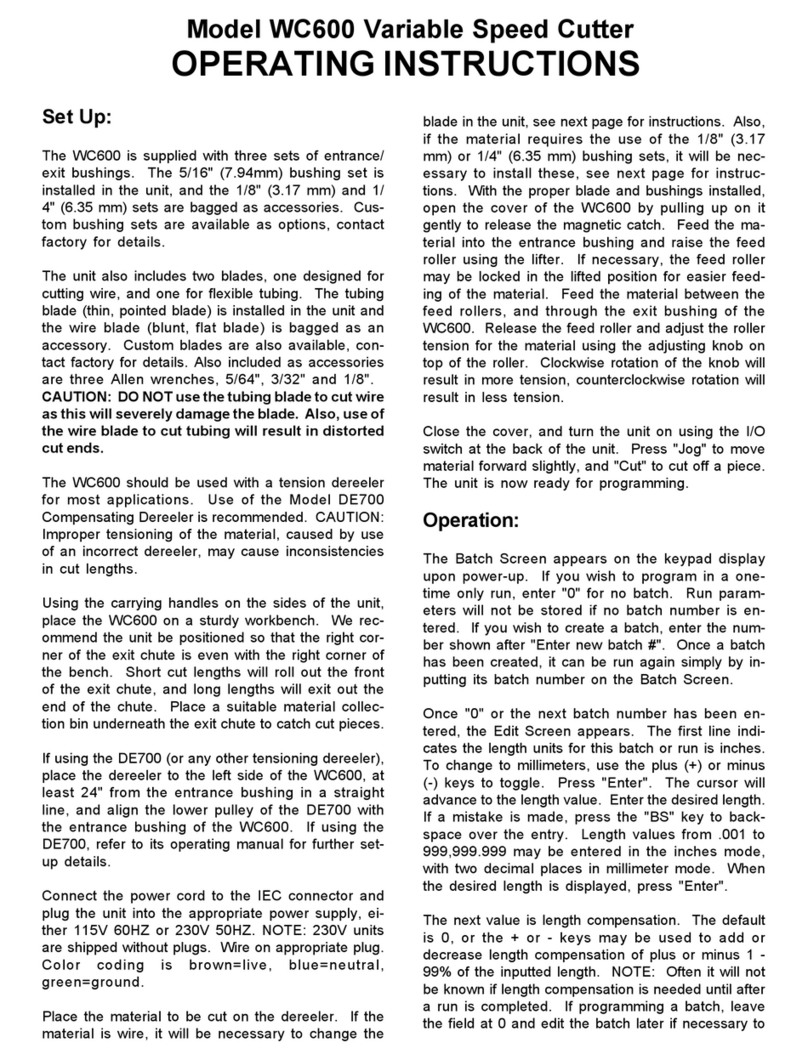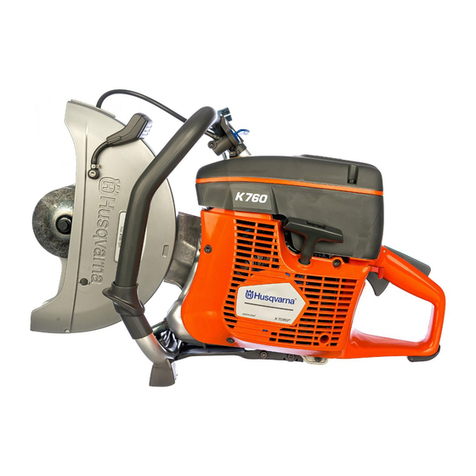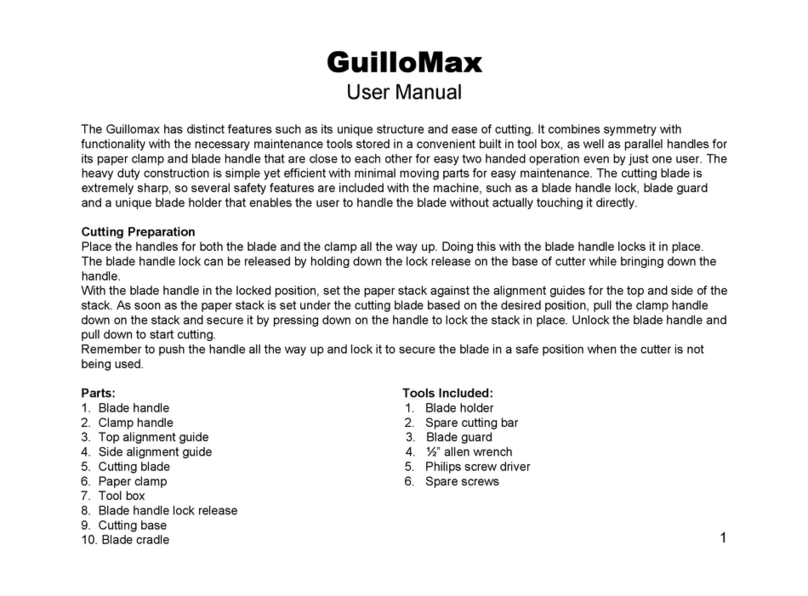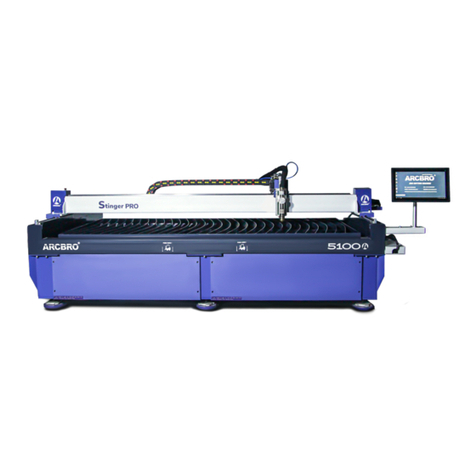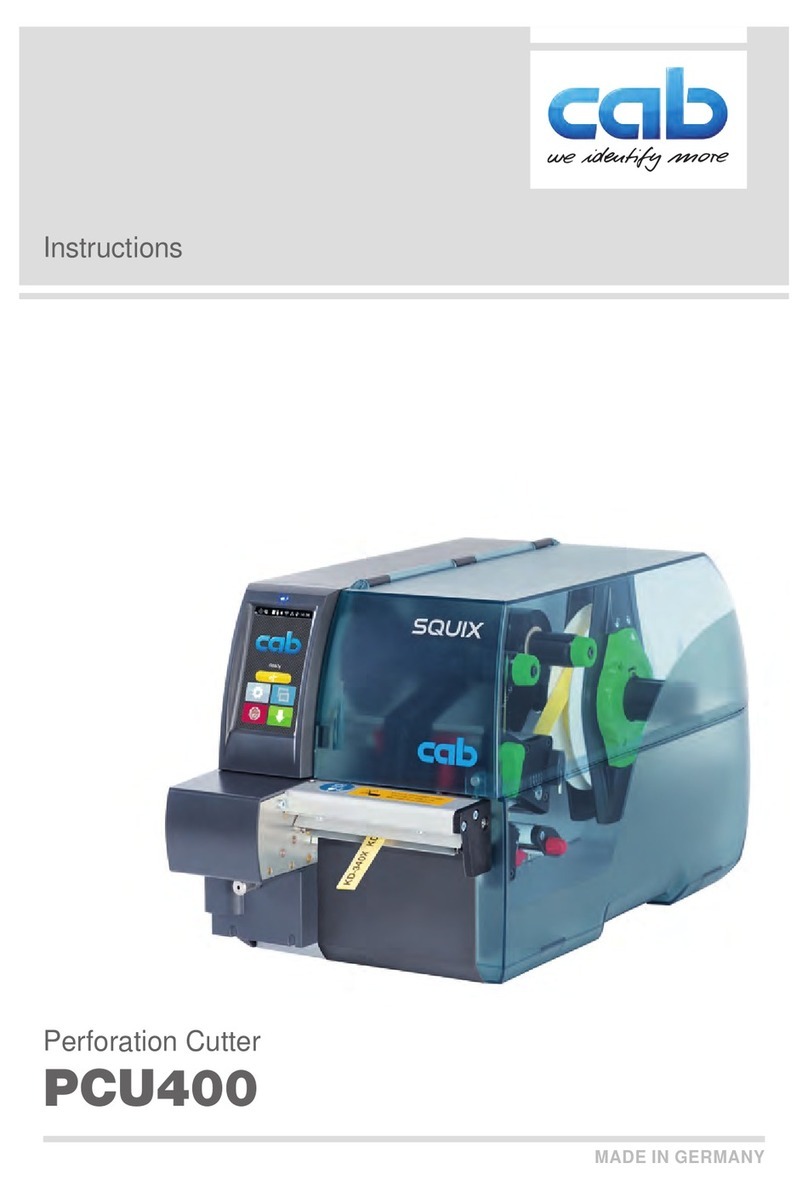
1 –3
FO-71RA
FO-51RA
[3] Transmittable documents
1. Document Sizes
* With special sizes, only one sheet can be fed into the machine at a
time. Insert next page into feeder as current page is being scanned.
2. Paper Thickness & Weight
Normal size width 148 –210 mm
length 140 –297 mm
5. Automatic Document Feeder Capacity
Number of pages that can be placed into the feeder at anytime is as
follows:
Normal size: max. ADF 5 sheets
Special size: single sheet only (manual feed)
NOTES: •Whenyouneed to sendorcopymorepages than thefeeder
limit, place additional pages in feeder when last page in
feeder is being scanned.
•Place additional pages carefully and gently in feeder.
If force is used, double-feeding or a document jam may
result.
6. Readable Width & Length
The readable width and length of a document are slightly smaller than
the actual document size.
Note that characters or graphics outside the effective document scan-
ning range will not be read.
•Readable width
210mm, max.
•Readable length
This is the length of the document sent minus 5mm from the top and
bottom edges.
Use document carrier sheet for smaller documents.
Readable width
(Min.) (Max.)
A4 size
(Max.)
140mm
297mm 600mm
148mm 210mm
Normal size
210mm
S
ecial size
3. Document Types
•Normal paper
Documents handwritten in pencil (No. 2 lead or softer), fountain
pen, ball-point pen, or felt-tipped pen can be transmitted.
Documents of normal contrast duplicated by a copying machine
can also be transmitted.
•Diazo copy (blue print)
Diazo copy documents of a normal contrast may be transmitted.
•Carbon copy
A carbon copy may be transmitted if its contrast is normal.
4. Cautions on Transmitting Documents
•Documentswrittenin yellow,greenishyellow, orlightblueink cannot
be transmitted.
•Ink, glue, and correcting fluid on documents must be dry before
the documents can be transmitted.
•All clips, staples and pins must be removed from documents be-
fore transmission.
•Patched (taped) documents should be copied first on a copier and
then the copies used for transmission.
•All documents should be fanned before insertion into the feeder to
prevent possible double feeds.
Paper size 148mm x 140mm ~
A4 (210mm x 297mm), Letter (216mm x 279mm)
4x6 series
(788mm x 1091mm x
1000mm sheets)
Square
meter series
Minimum Maximum Minimum Maximum
Feeder capacity 10 sheets, max.
Paper thickness (ref.)
0.06mm 0.09mm 0.06mm 0.09mm
Paper weight 45kg 69.2kg 52g/m280g/m2






